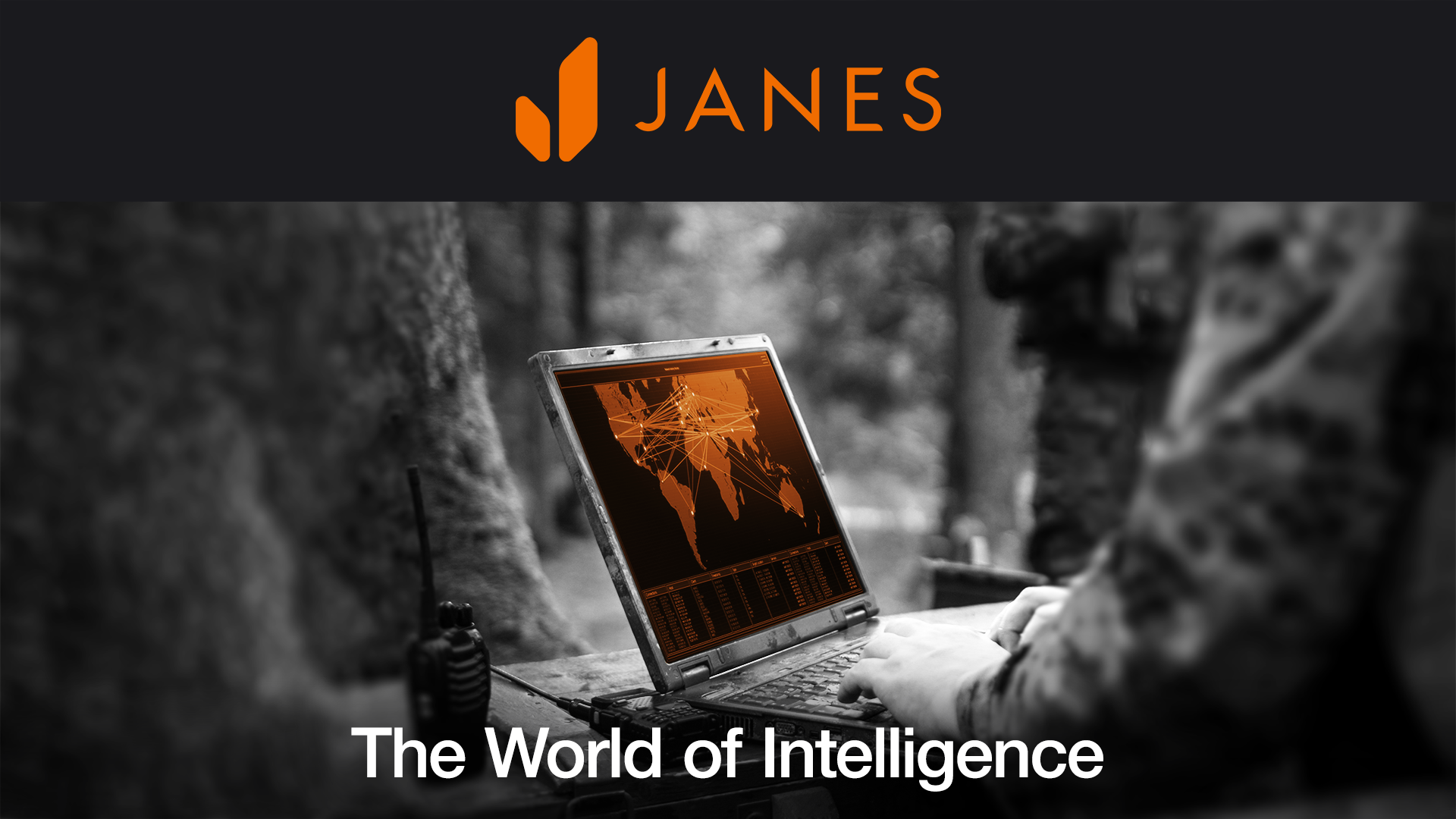EPISODE 134 | 32:21 min
Yemen's role in global security
Janes analysts James Trigg and Aparna Iyer join Sean Corbett and Kate Cox to discuss the strategic depths of Yemen’s role in global security. They unpack the complex military, political, and regional dynamics shaping this pivotal Middle Eastern country and how Yemen’s conflict influences international shipping lanes, serves as a battleground for proxy wars, and impacts the delicate balance of power in the region. James and Aparna also discuss the challenges and techniques they use to monitor such a fluid situation.
